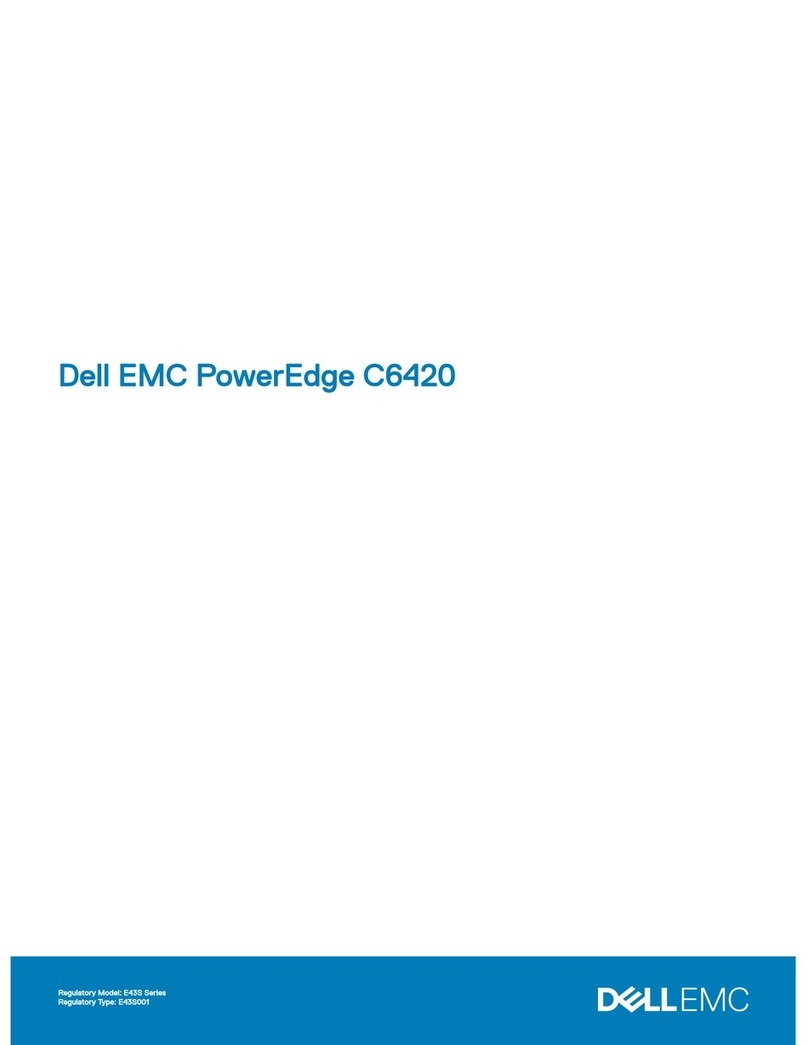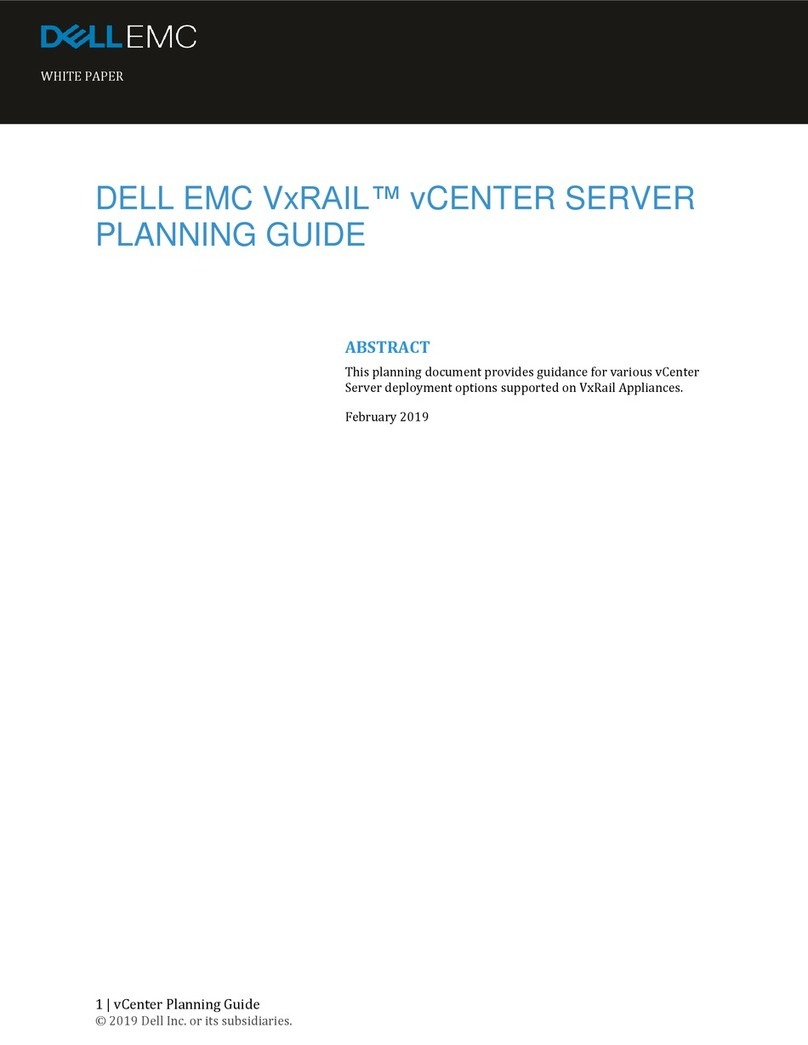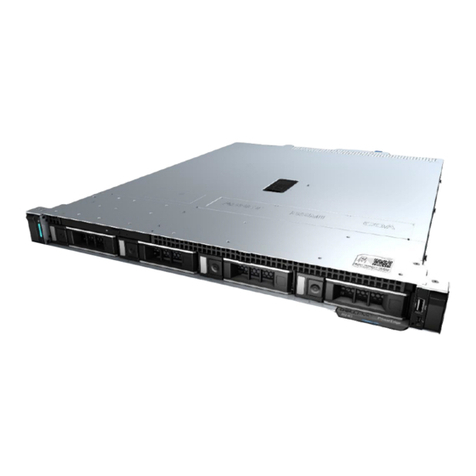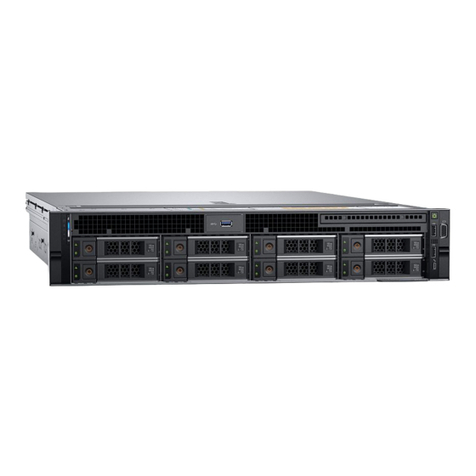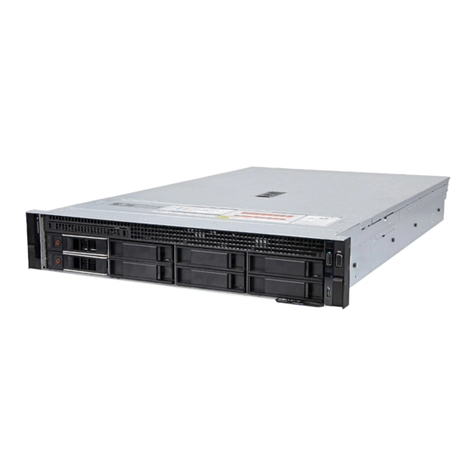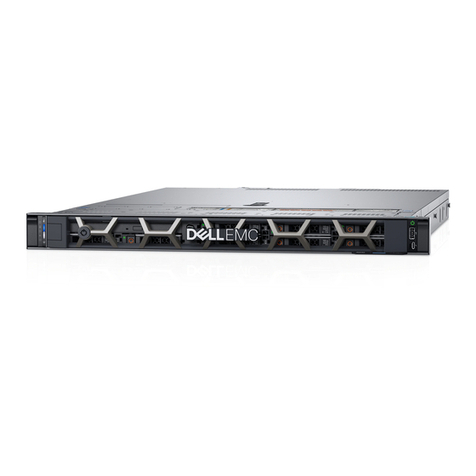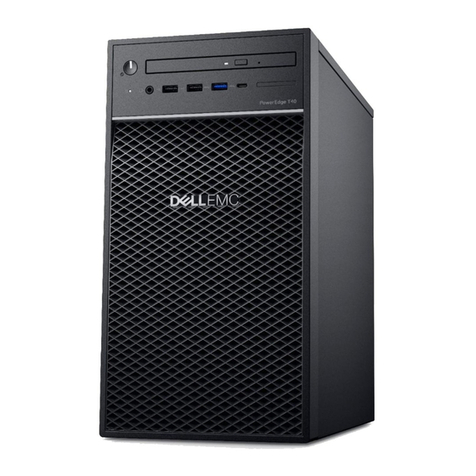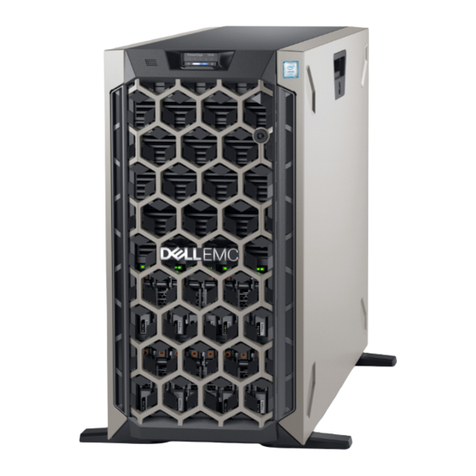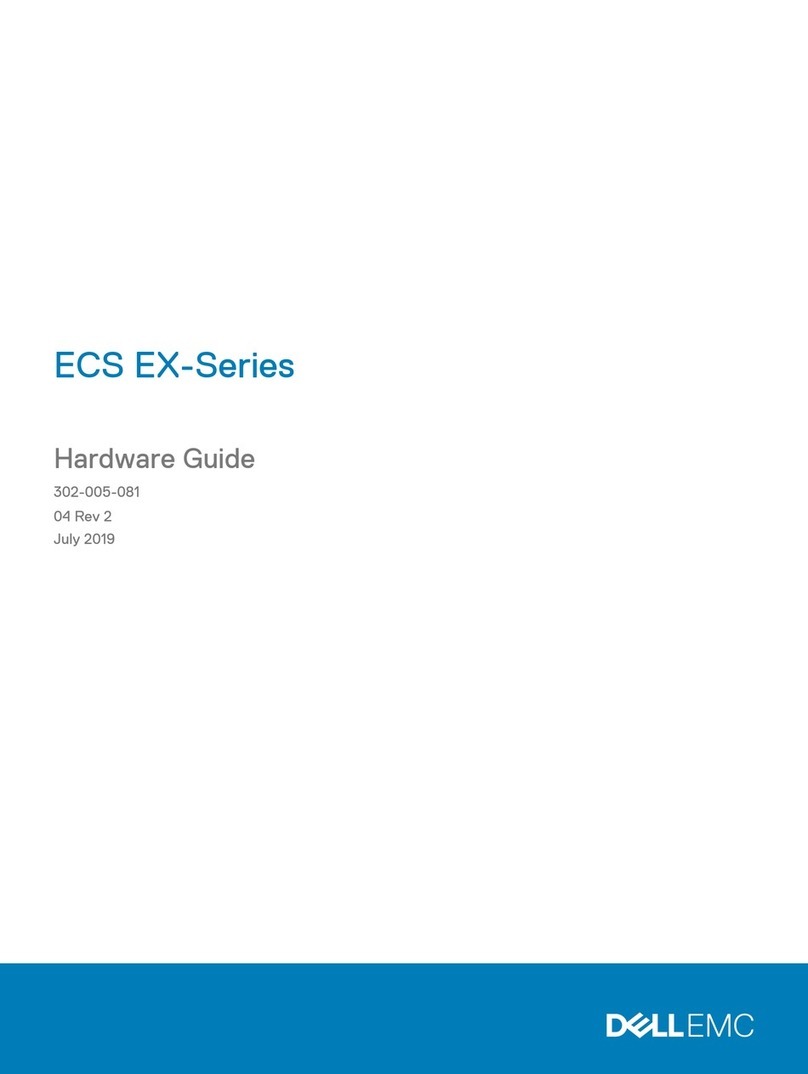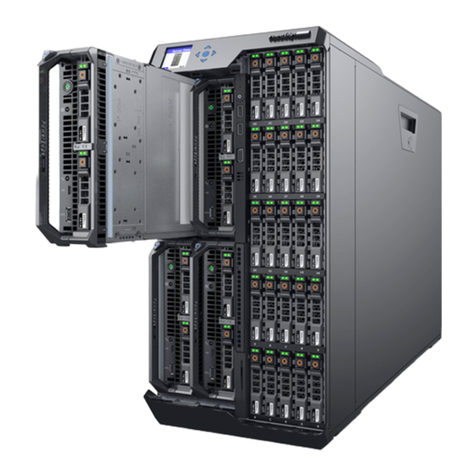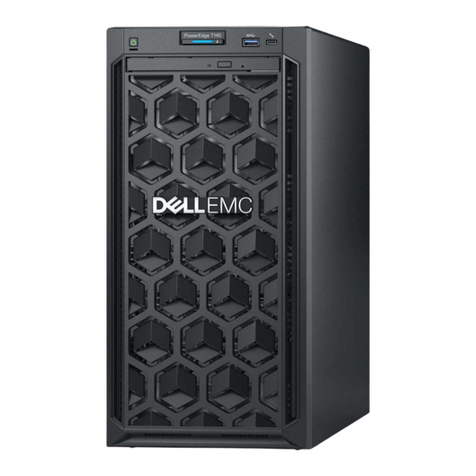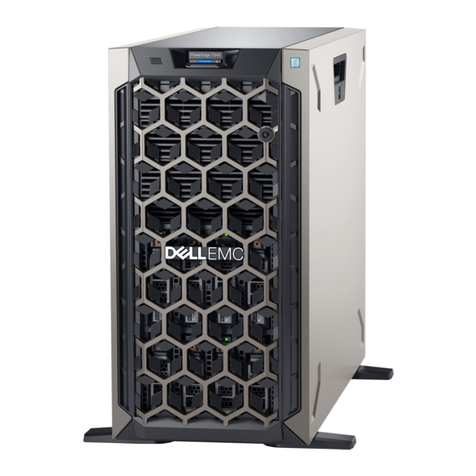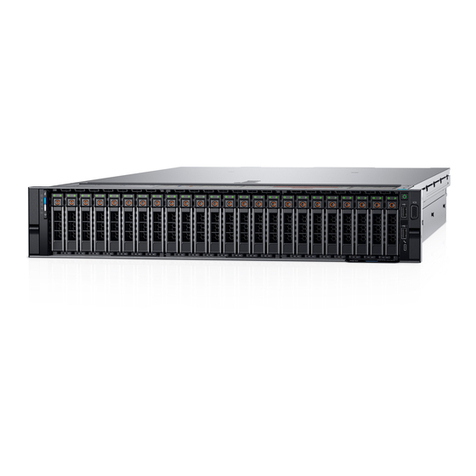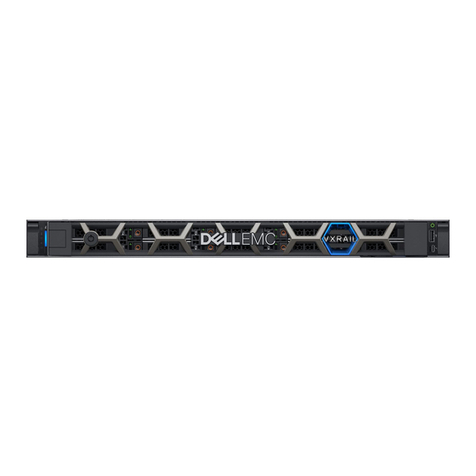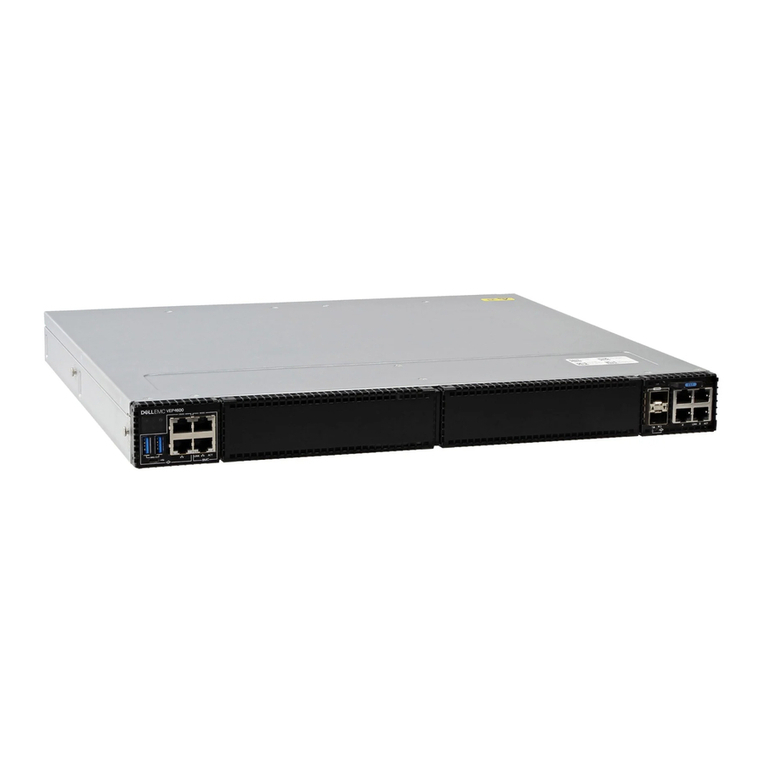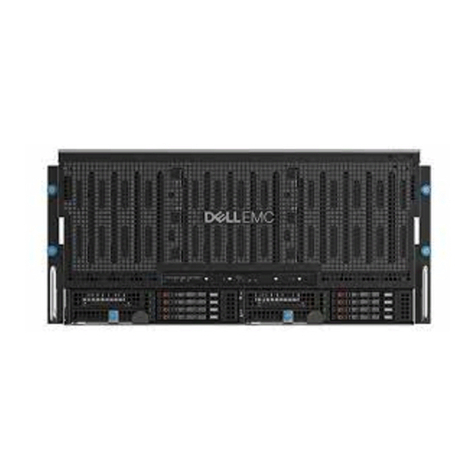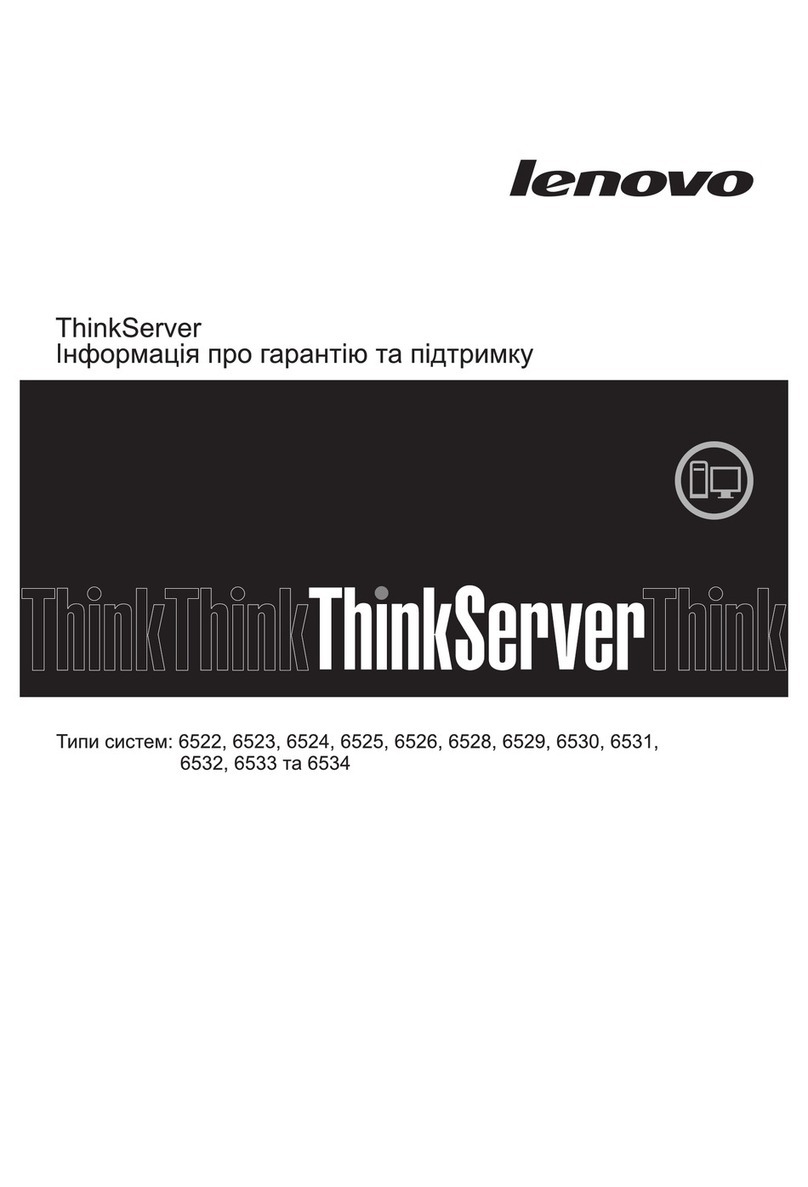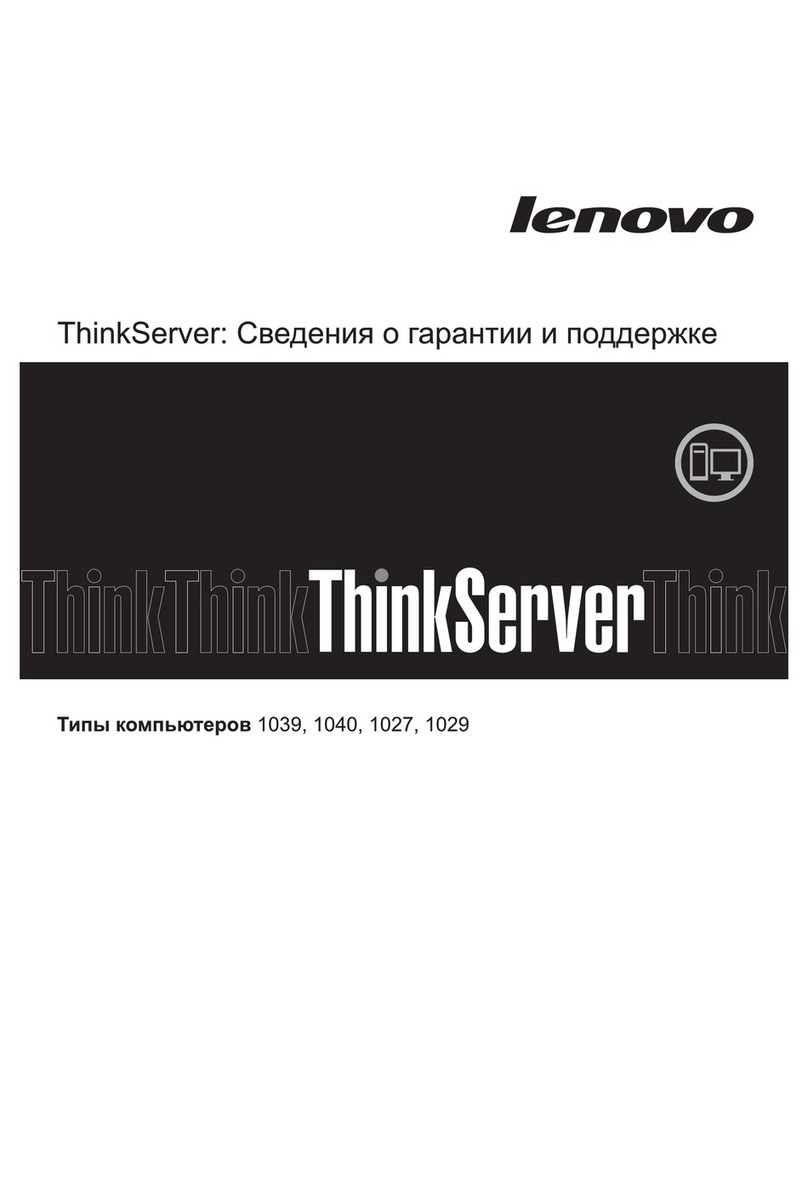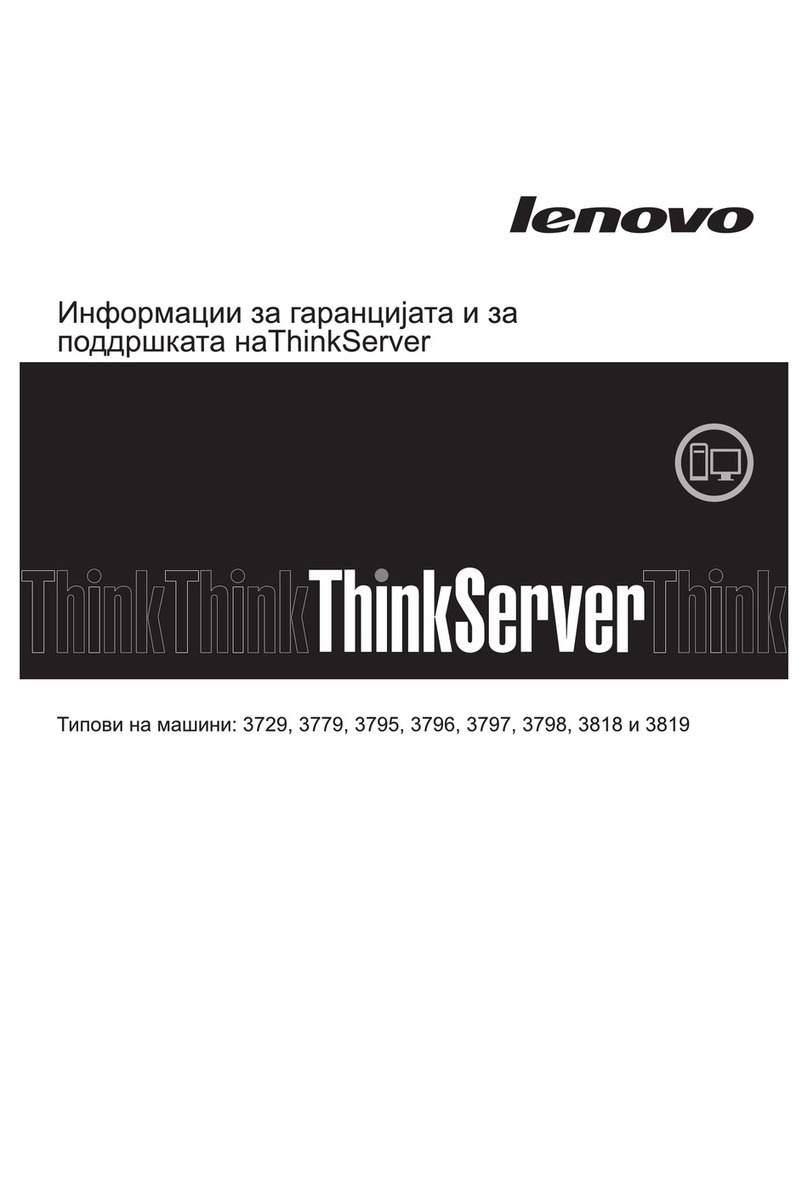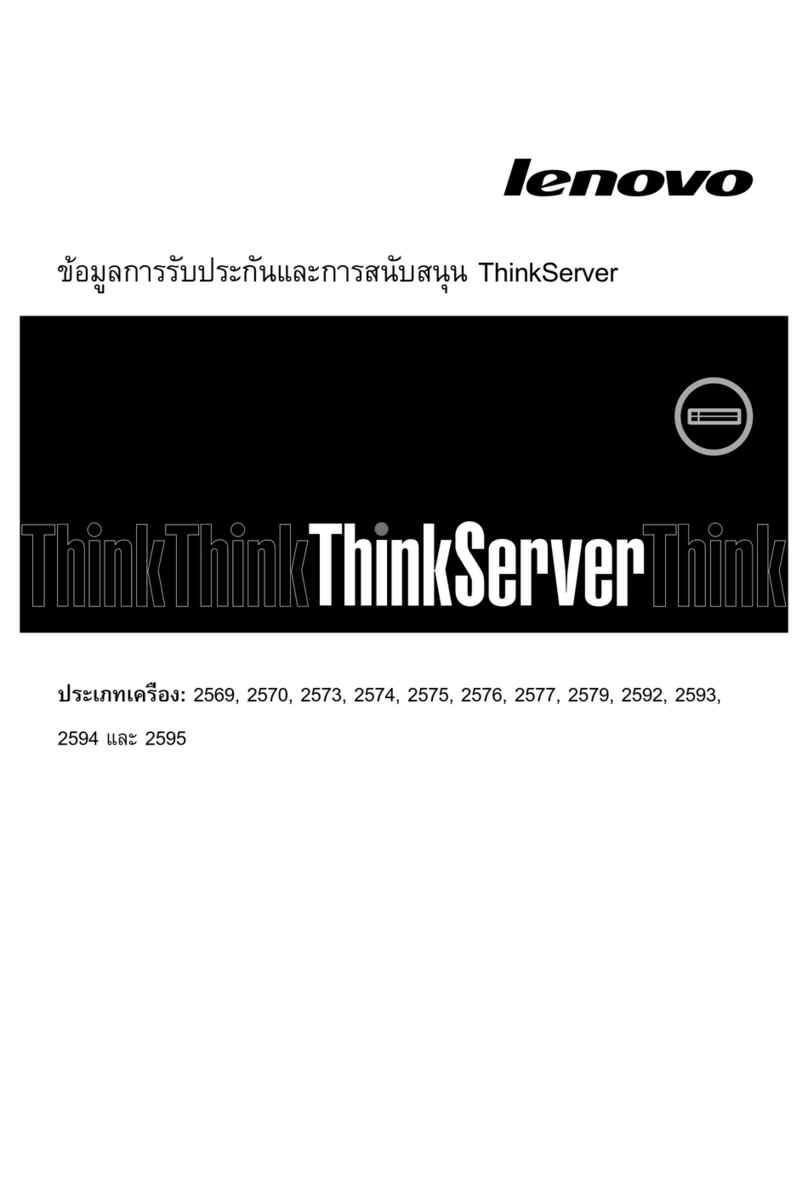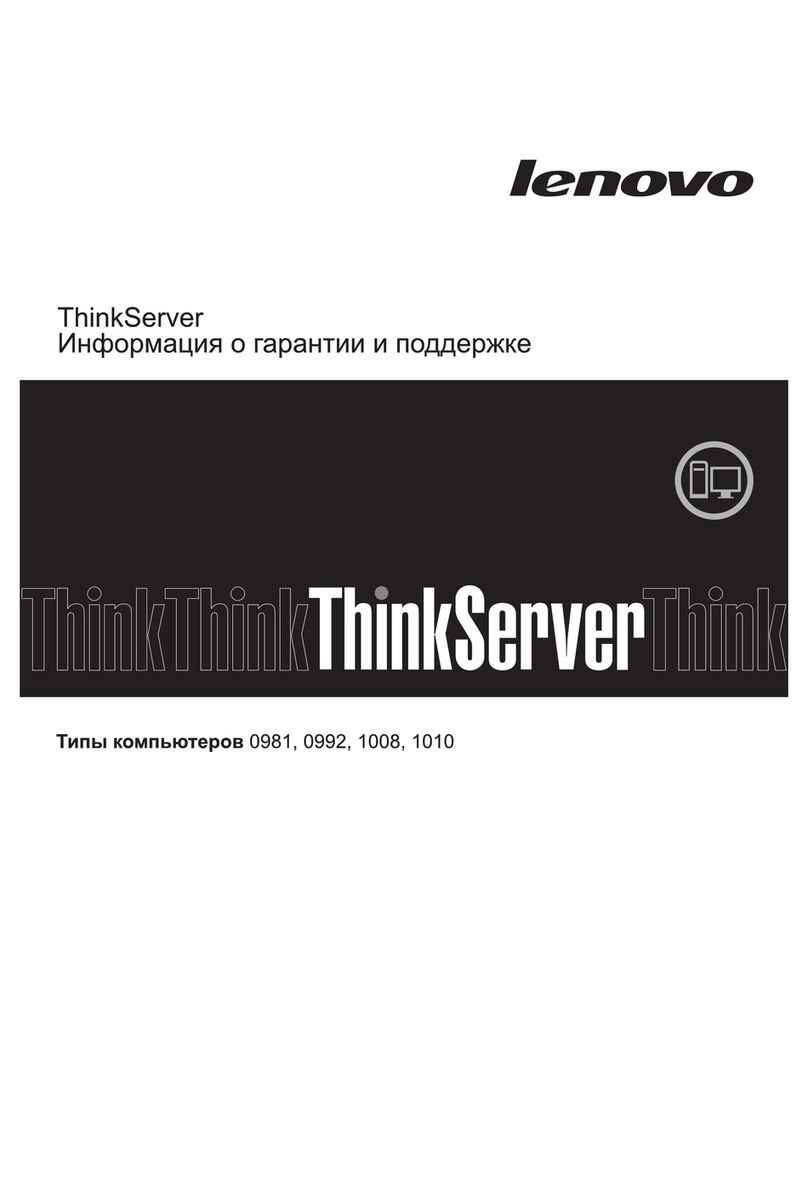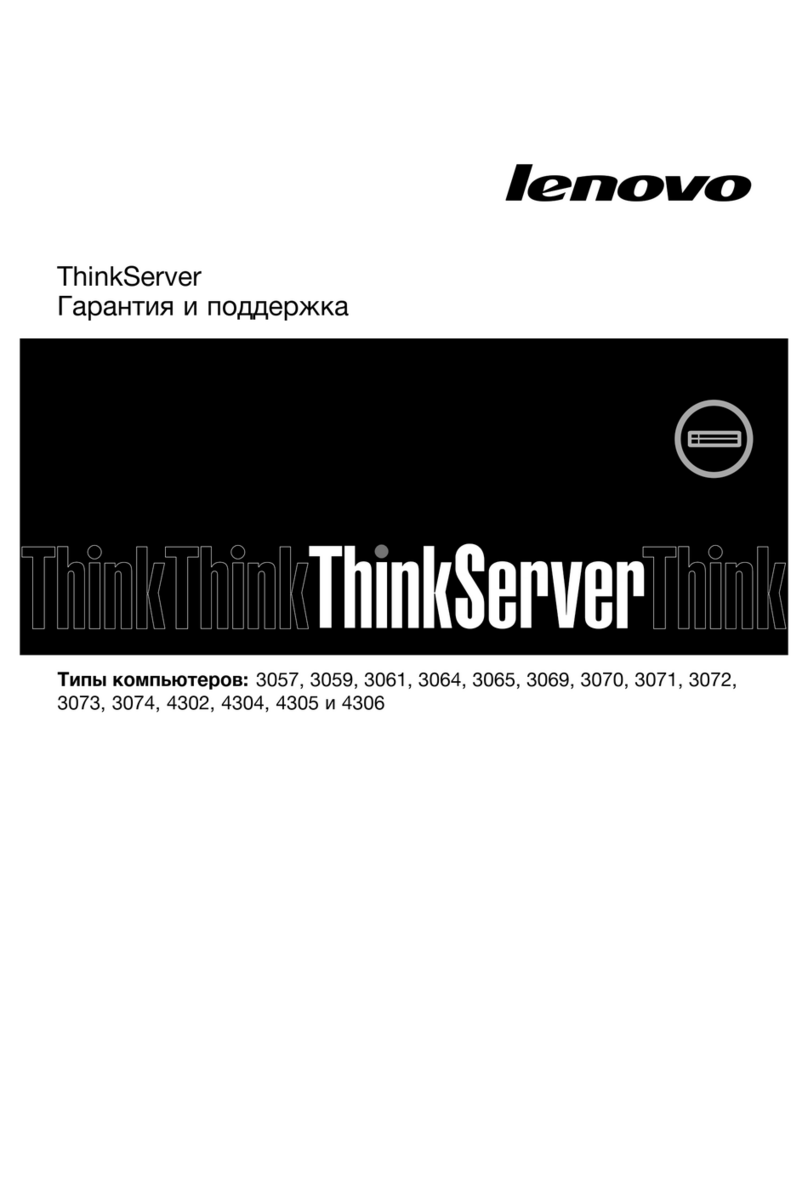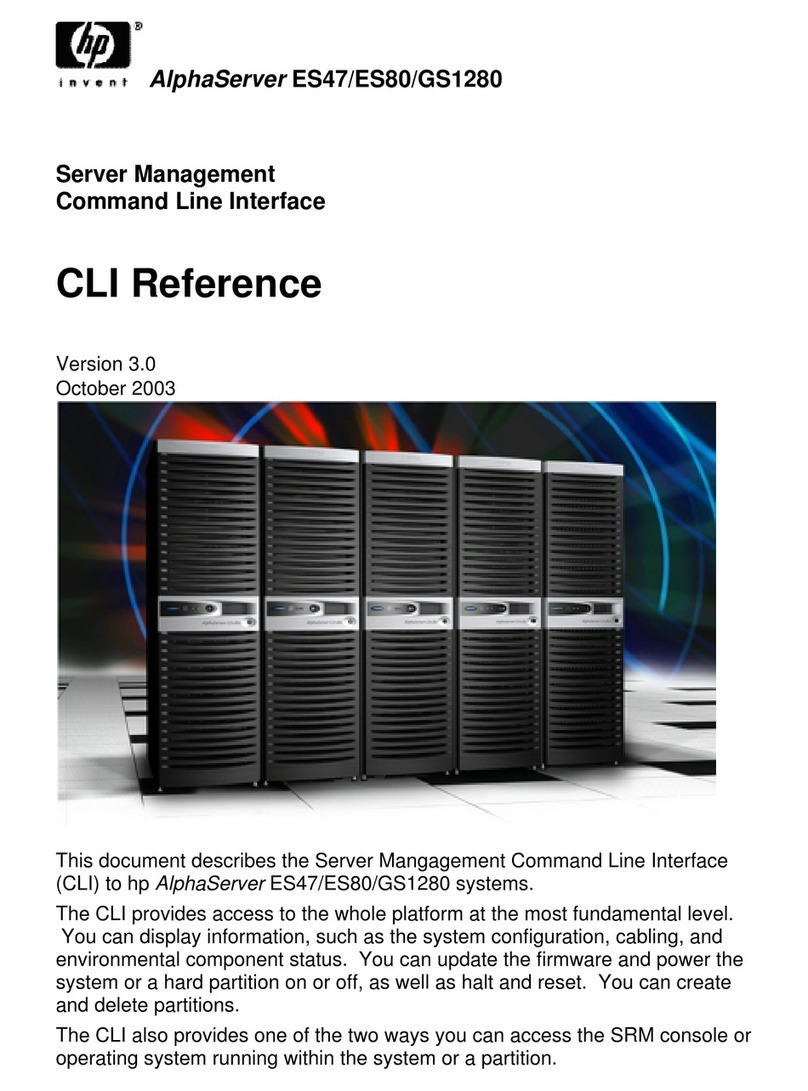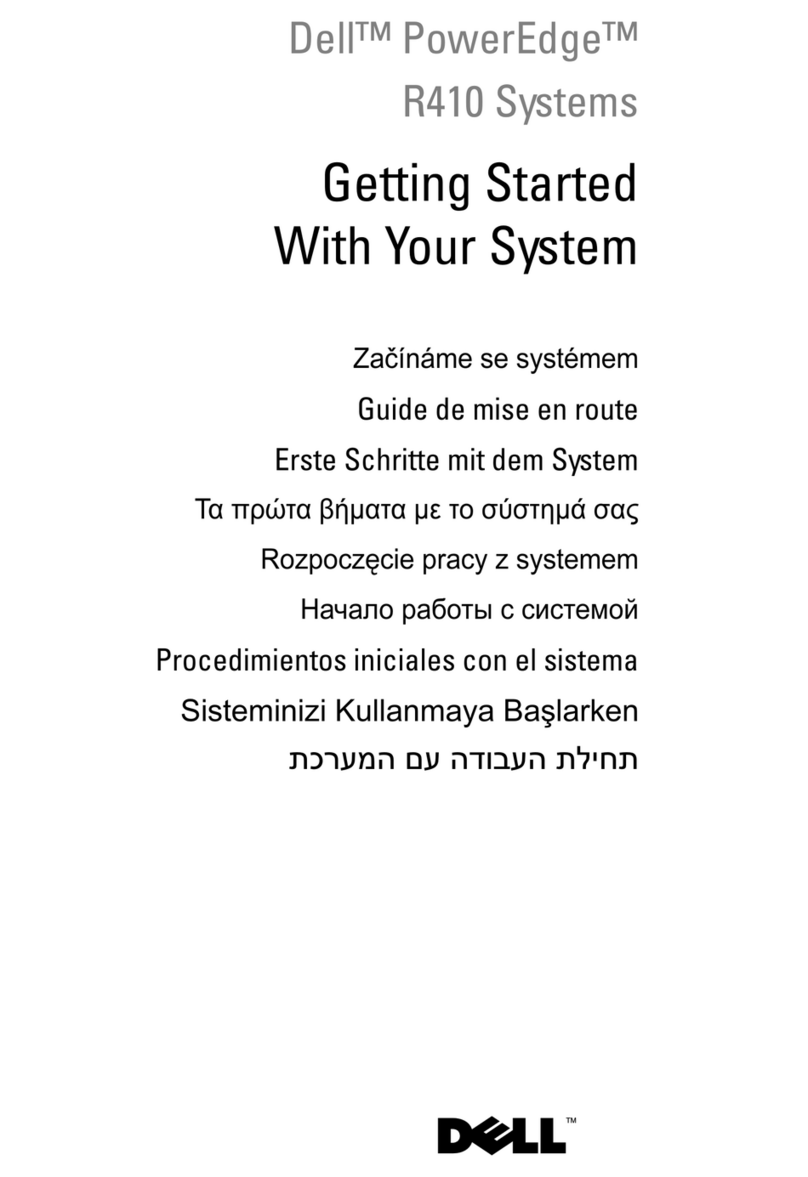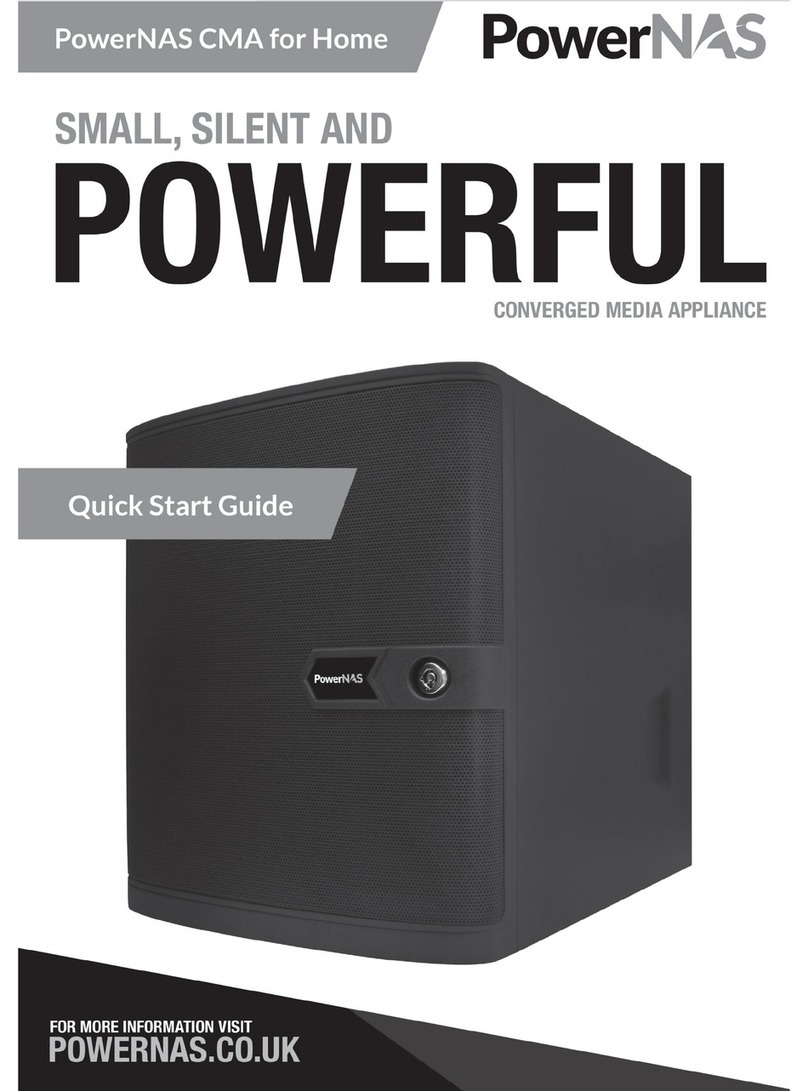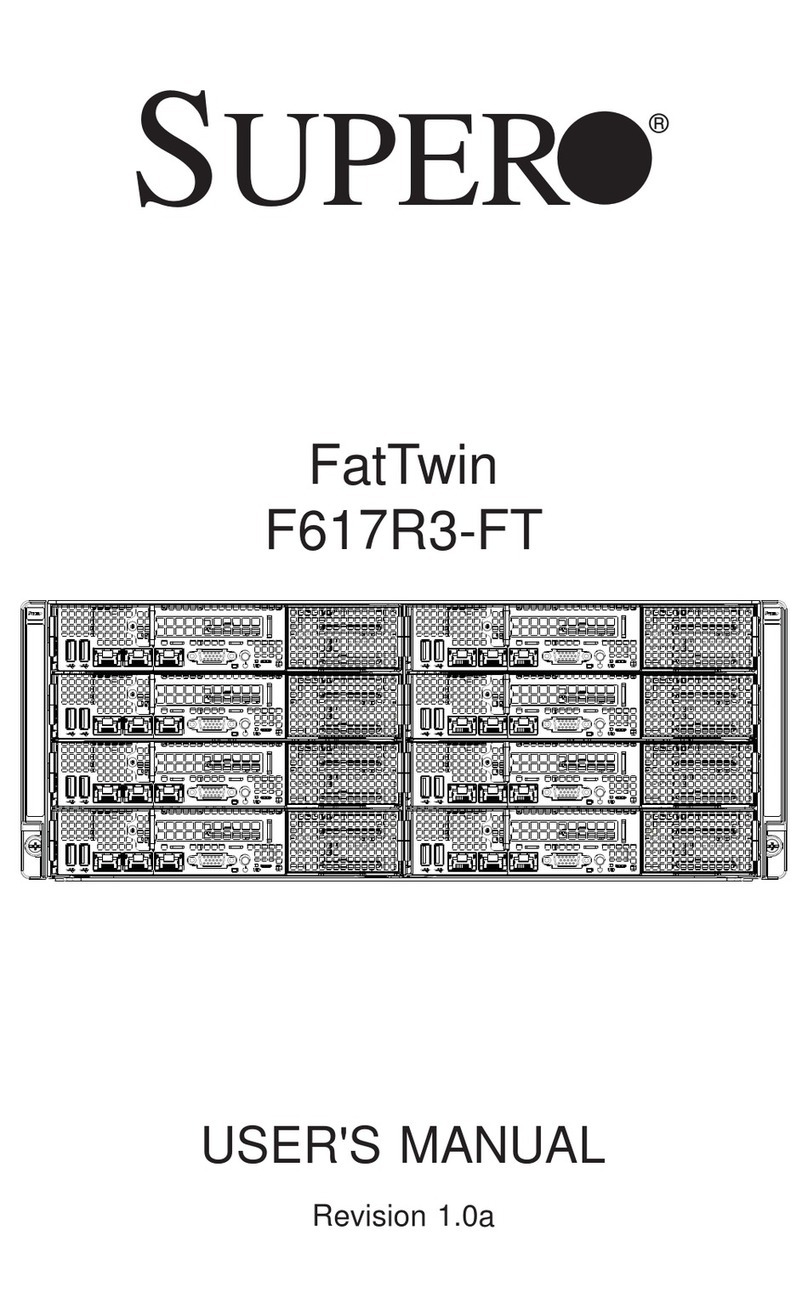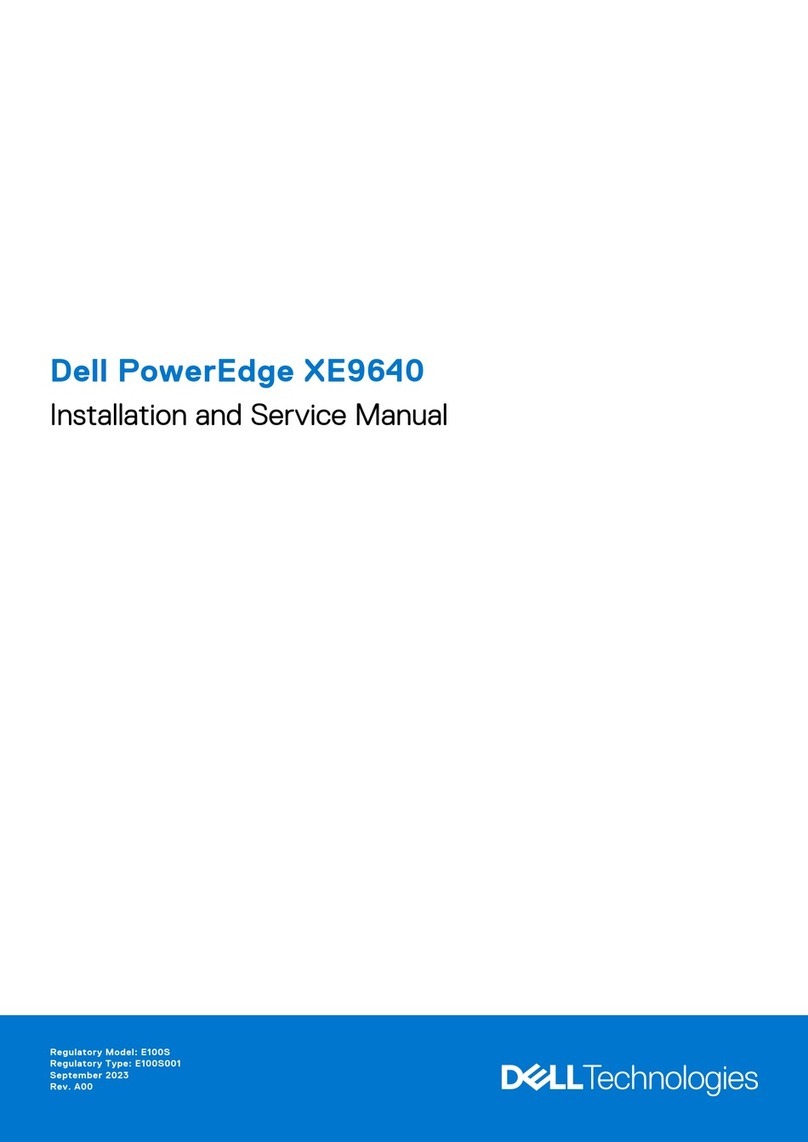2 | Network Planning Guide
© 2018 Dell Inc. or its subsidiaries
Table of contents
Intended Use and Audience........................................................................................................................................................................ 4
Introduction to VxRail................................................................................................................................................................................... 4
Planning Your Data Center Network for VxRail ................................................................................................................................ 5
VxRail Hardware and the Physical Network Infrastructure.....................................................................................................................5
VxRail Clusters, Appliances and Nodes ........................................................................................................................................................ 5
Network Switch....................................................................................................................................................................................................... 7
Topology and Connections.................................................................................................................................................................................9
Out-of-Band Management (optional)......................................................................................................................................................... 10
VxRail Feature-Driven Decision Points ...............................................................................................................................................10
VMware Validated Design on VxRail .......................................................................................................................................................... 10
Dell-EMC SmartFabric Network Mode....................................................................................................................................................... 11
vSAN Stretched Cluster..................................................................................................................................................................................... 12
VxRail Hardware and Switch Selection Decision Points..............................................................................................................12
Planning the VxRail Implementation ...................................................................................................................................................13
Step 1: Decide on VxRail Single Point of Management............................................................................................................................. 14
Step 2: Plan the VxRail Logical Network ........................................................................................................................................................ 14
Step 3: Plan Network Settings for VxRail Management Components ............................................................................................... 17
Step 4: Identify unique hostnames for VxRail management components ...................................................................................... 19
Step 5: Identify external applications and settings for VxRail.............................................................................................................. 21
Step 6: Create DNS records for VxRail management components ..................................................................................................... 21
Step 7: Prepare Customer-Supplied vCenter Server................................................................................................................................. 22
Step 8. Reserve IP addresses for VxRail vMotion and vSAN networks............................................................................................. 23
Step 9. Decide on VxRail Logging Solution .................................................................................................................................................... 24
Step 10: Decide on Passwords for VxRail Management .......................................................................................................................... 24
Step 11: Prepare for Dell EMC SmartFabric services enablement...................................................................................................... 25
Setting up the upstream network for VxRail ....................................................................................................................................26
Setting up the network switch for VxRail connectivity................................................................................................................27
Step 1. Plan Switch Configuration ..................................................................................................................................................................... 27
Enable Multicast for VxRail Internal Management Network ........................................................................................................... 27
Enable Unicast or Multicast for VxRail vSAN Network....................................................................................................................... 27
Enable Uplinks to pass inbound and outbound VxRail network traffic ...................................................................................... 28
Enable Inter-switch Communication.......................................................................................................................................................... 28
Enable Inter-switch Links................................................................................................................................................................................ 28
Step 2. Plan Switch Port Configuration........................................................................................................................................................... 28
Determine switch port mode ......................................................................................................................................................................... 28
Do not enable Link Aggregation on VxRail Switch Ports................................................................................................................... 29


